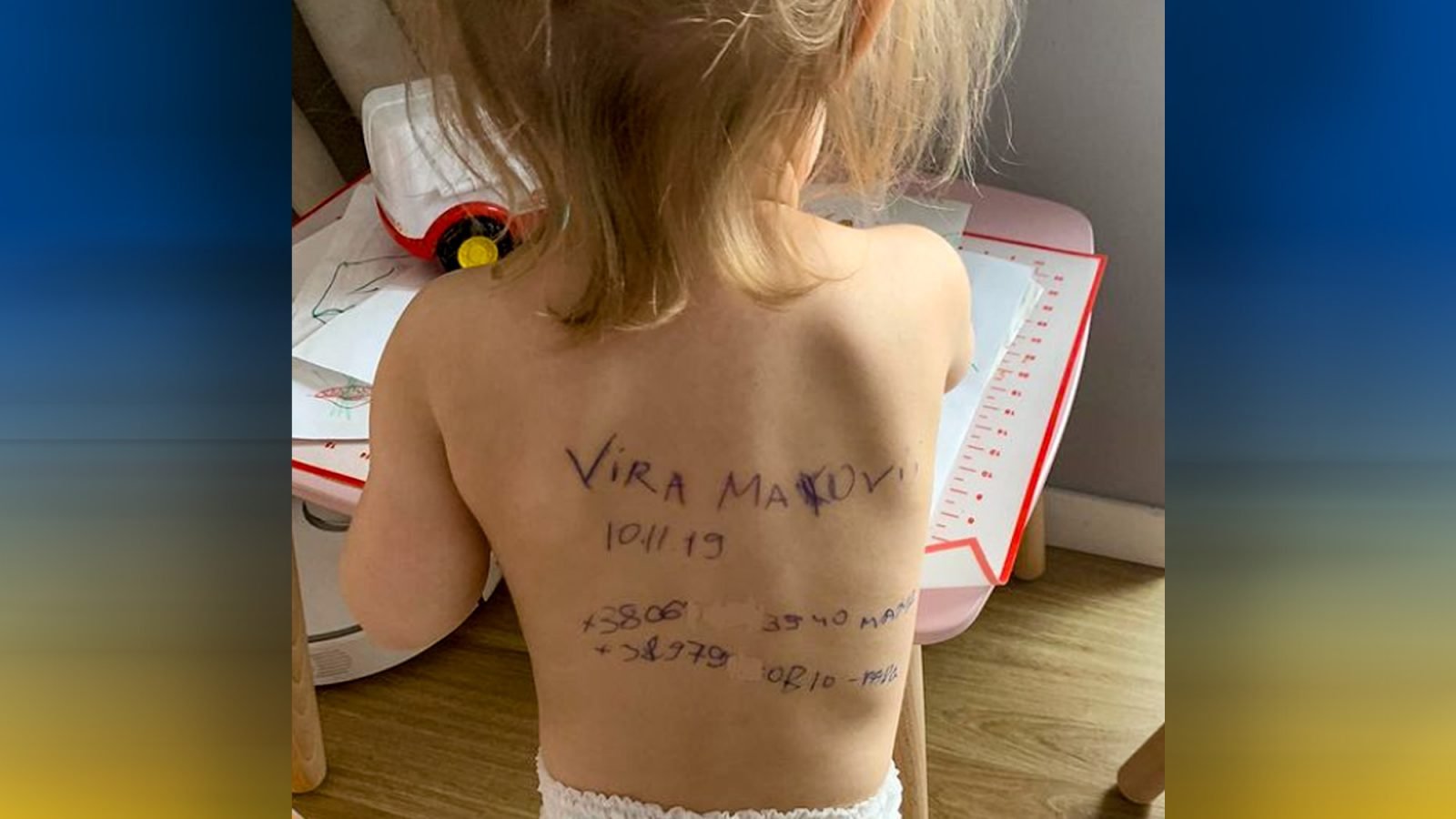Segment from a 12” x 13.5’ work in progress. The point of these under layers is to disrupt the surface and get over the “preciousness” of the white space. Trust me. Will document the layers as they go.
Ray Bradbury is my new hero. His solution to creative block is fascinating. Basically, he said a creative block, drawing a blank means we’re not doing the true work we’re supposed to be doing and our subconscious is mad at us. I don’t know about you, there’s hell to pay when my subconscious is angry with me.
When computers came roaring into our lives I was excited and savvy. I’ve lost precious time since chasing the market and angsting over systems designed to change faster than most mortals can keep up. Many of us who run on a natural clock struggle when we think social media is requisite for marketing our work. Bradbury offered a bottom line solution: tech is “flimflam.” Succinct, and for the most part true, if the evidence of this moment in time holds.
I’ve been dragging my feet for years on a newsletter then compromised my integrity on promises of sending one and not come through. I apologize. I don’t like being intruded on and hesitate to intrude on others yet, I don’t sleep when I don’t keep promises. This is my happy version of a newsletter. Realized this week I’m not a photographer., rather a documentarian. I’ll share what I’m doing and what’s happening in my creative world. Stop by with your tea and curiosity when you’re in the mood. You’re welcome anytime.
Rumor on the street out of Europe is newsletters are becoming a thing of the past since we’re all inundated and over the novelty. I enjoy the few I subscribe to and read with the purpose of learning something new, enjoying beauty shared, or hearing what a friend is up to. Hope this evolution of a newsletter will bring at least that much to you.
I’ve given Bradbury’s words a think in terms of actual application, and had a conversation with the best coach out there, Megan Macedo. A read about how she encourages people to build a body of their true work is well worth the time.
Immersion in tech keeps most of us drugged so we don’t have time for personal decisions, time to sink into ourselves to consider what we really want. Tech tranquilizes our intuitive voice, shouting down our knowing to terrorize us with FOMO and what should be done to promote and grab our share of the pie. In reality, when we do our real work, we have our very own pie. Possibly a whole bakery! Or a franchise of pie eaterys. Worrying about success in the art market place distracts us from our fears around actually making the work. About this time we hear, or don’t hear, from our subconscious.
Distraction is a technique we perfect to keep us from the frightening prospect of knowing ourselves through our work. For most of us, tech is not our true work. If tech is what rocks your socks, sincere best to you as you enjoy what you do.
What is to be gained by eschewing the current pace and propaganda of social media? Peace. Contentment. Satisfaction. Freedom. Pure and simple. Cut the umbilicus to the need for competition. Make what we love and believe in our true work supports us every time. And yes, sometimes we need a supplemental day job to fill our stomachs while our true work supports our soul.
In the middle of nowhere in Alaska a couple of decades ago, I was doing portraits. In frustration I yelled to the Universe if I was supposed to be making portraits the folks who want them could show up at the door. Literally, a few days later, a young woman came to the house (in those days, anyone could give basic direction to each other’s home) and commissioned a portrait of her parents. Literal proof the world will find you. Being human, in the external crazy, I’ve forgotten too many times through the years and as a result, lost faith in myself.
Kiki Smith struck the gold of truth …“Just do your work. If the world needs your work it will come and get you. And if it doesn’t, do your work anyway. You can have fantasies over having control over the world, but I know I can barely control my kitchen sink. That is the grace I’m given. Because when one can control things, one is limited to ones own vision.”
What is your true, authentic work that makes you feel real? What have you sacrificed of your true work that you want to recover?





